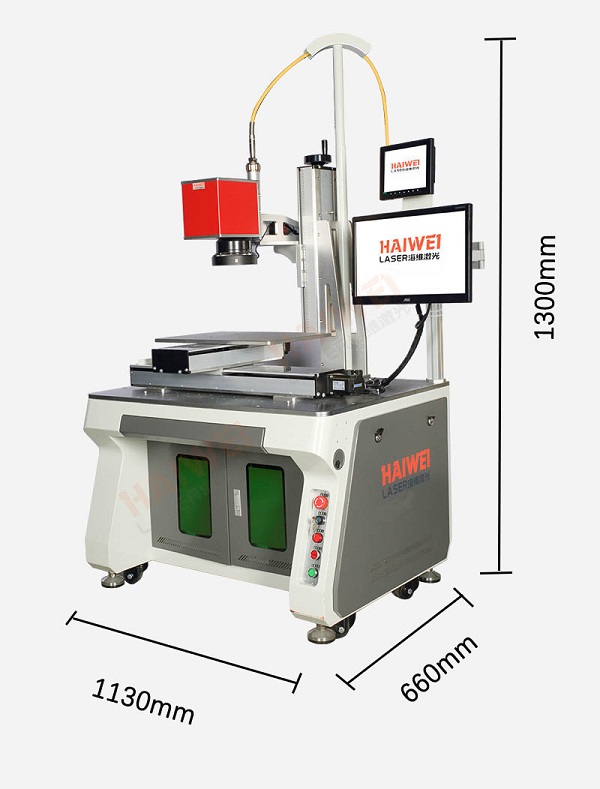Laser Welding Machines in the Medical Device Industry: Applications and Challenges
In the fast-evolving medical device sector, precision and reliability are paramount. Laser welding machines have emerged as indispensable tools for manufacturing intricate components that meet stringent quality standards. However, leveraging this technology effectively requires a deep understanding of its applications and overcoming inherent challenges.

Precision Manufacturing with Laser Welding
The use of laser welding machines in the medical industry is driven by the need for high-precision joining of metals without affecting surrounding materials. This process is particularly beneficial for devices like pacemakers, surgical instruments, and implants, where even minor defects can lead to catastrophic failures.
Key Advantages:
Minimal Heat Affected Zone (HAZ): Ensures that the material properties around the weld remain unaffected.
High Accuracy: Capable of producing micro-welds with exceptional consistency.
Clean Process: Does not require filler material, reducing contamination risks.
Regulatory Compliance and Quality Assurance
Medical devices must comply with strict regulations such as ISO 13485 and FDA guidelines. Laser welding offers unparalleled control over the welding process, which is crucial for meeting these standards.
Best Practices:
Implement real-time monitoring systems to ensure consistent weld quality.
Use validated processes and document all procedures meticulously for audit purposes.
Addressing Material Challenges
Not all metals used in medical devices respond equally well to laser welding. Titanium and stainless steel are common choices due to their biocompatibility and strength, but they present unique challenges.
Solutions:
For titanium, precise control of atmospheric conditions during welding is essential to avoid embrittlement.
Stainless steel may require adjustments in laser parameters to achieve optimal penetration without overheating.
Cost Considerations
While laser welding machines offer significant advantages, initial investment costs can be high. Manufacturers must weigh these against long-term benefits such as reduced rework, lower maintenance costs, and increased production efficiency.
Tips for Cost Management:
Opt for modular systems that allow scalability as your production needs grow.
Invest in training staff to maximize machine utilization and minimize errors.
Future Trends in Medical Device Laser Welding
The future of medical device laser welding lies in integrating advanced technologies like artificial intelligence (AI) and Industry 4.0 principles. These innovations promise enhanced automation, predictive maintenance, and improved product traceability.
Emerging Technologies:
AI-driven systems that can predict potential issues before they occur, reducing downtime.
Integration with cloud platforms for remote diagnostics and data analytics.
For companies looking to invest in laser welding machines for medical applications, it's critical to consider both the technical capabilities and operational requirements. By carefully assessing material compatibility, regulatory compliance, and cost implications, businesses can harness the full potential of laser welding technology to produce superior medical devices. Embracing these advancements will not only improve product quality but also position companies at the forefront of innovation in the medical device industry.
Recent Posts
- What are the advantages of laser welding machines in lithium battery pack production lines?
- What issues should be noted when choosing a lithium battery pack production line?
- Quality Inspection and Control of Lithium Battery Module Pack Production Line
- Cell grouping and sorting process in lithium battery module pack production line
- What are the safety hazards of lithium battery pack production lines and how can they be prevented?
INQUIRY

